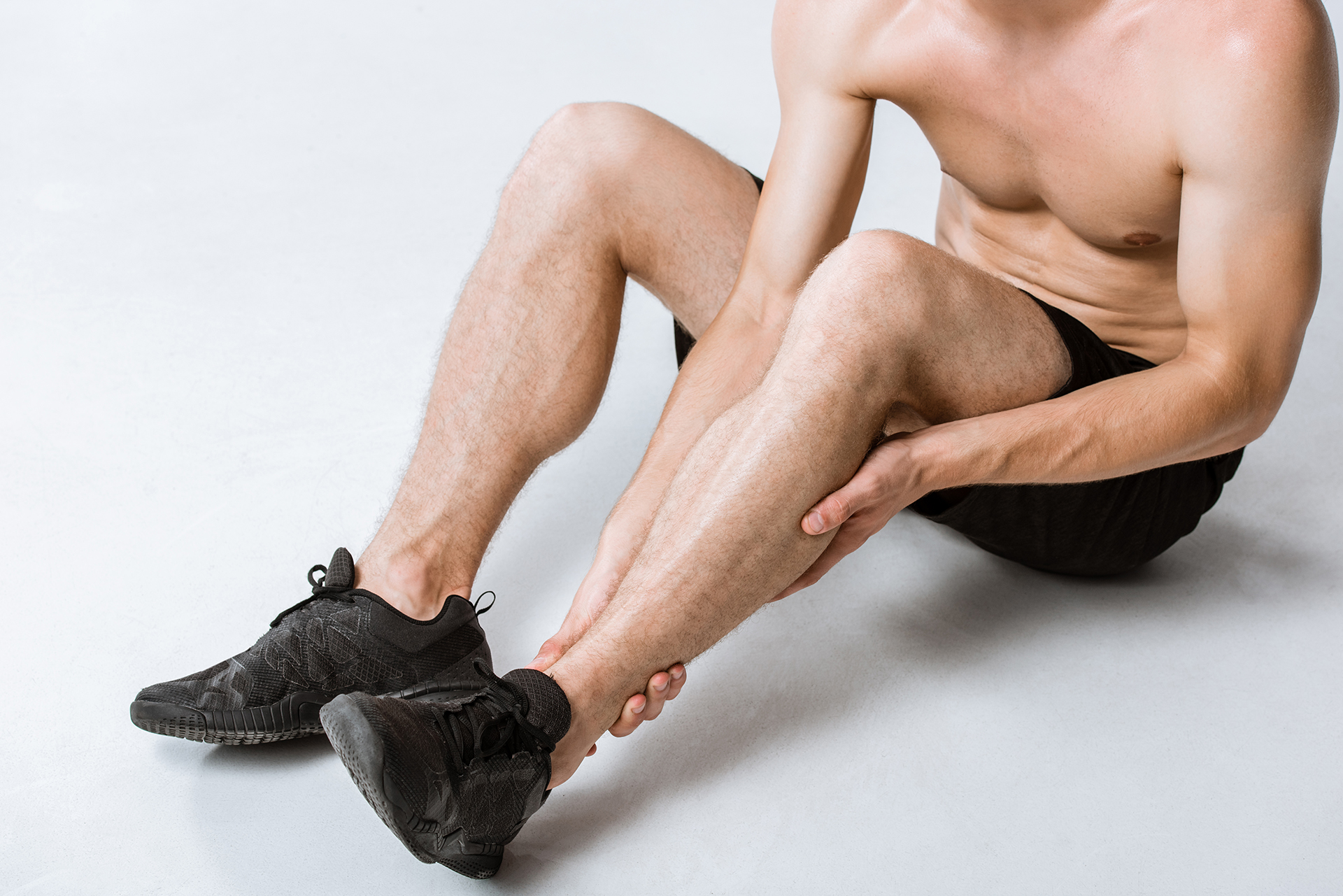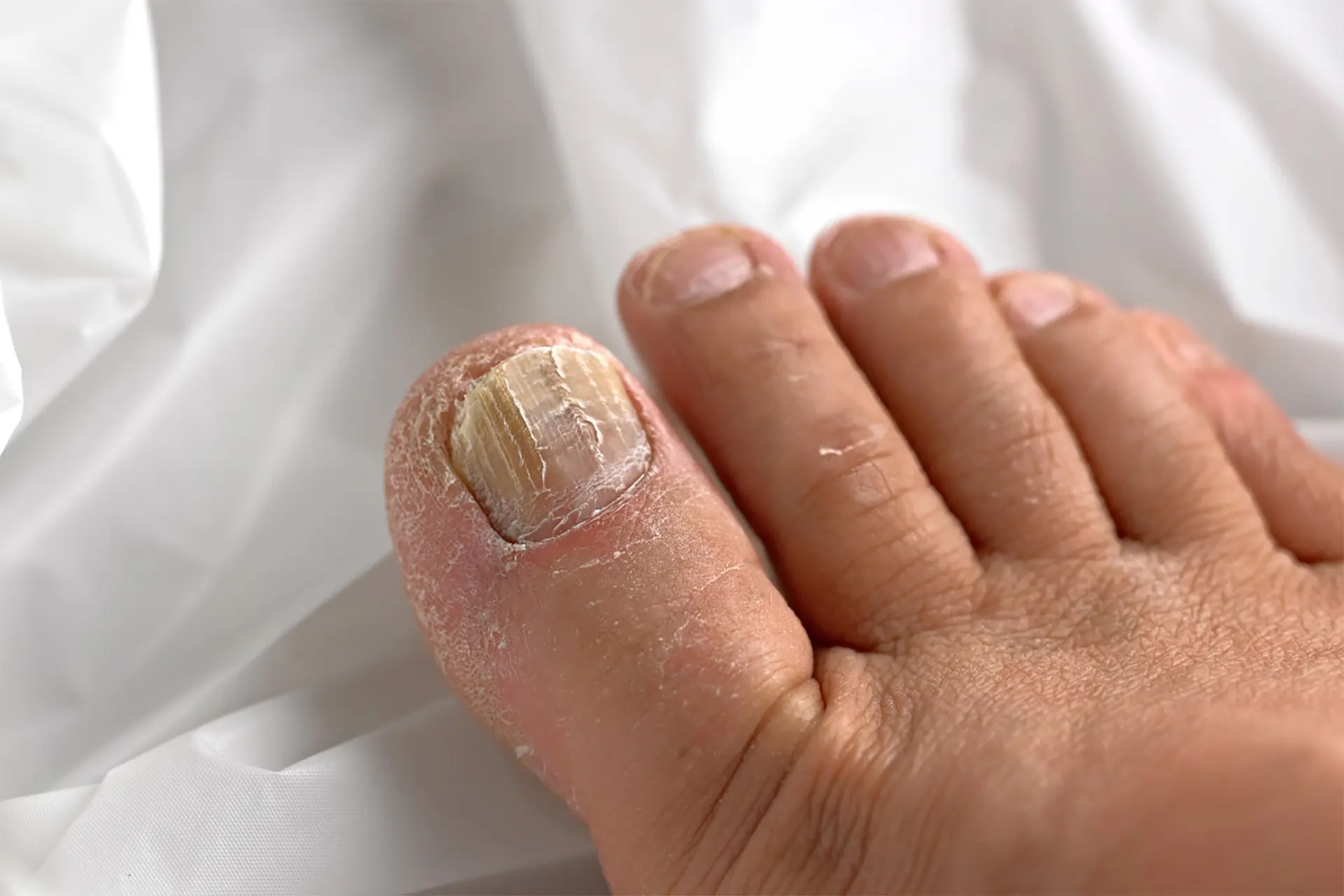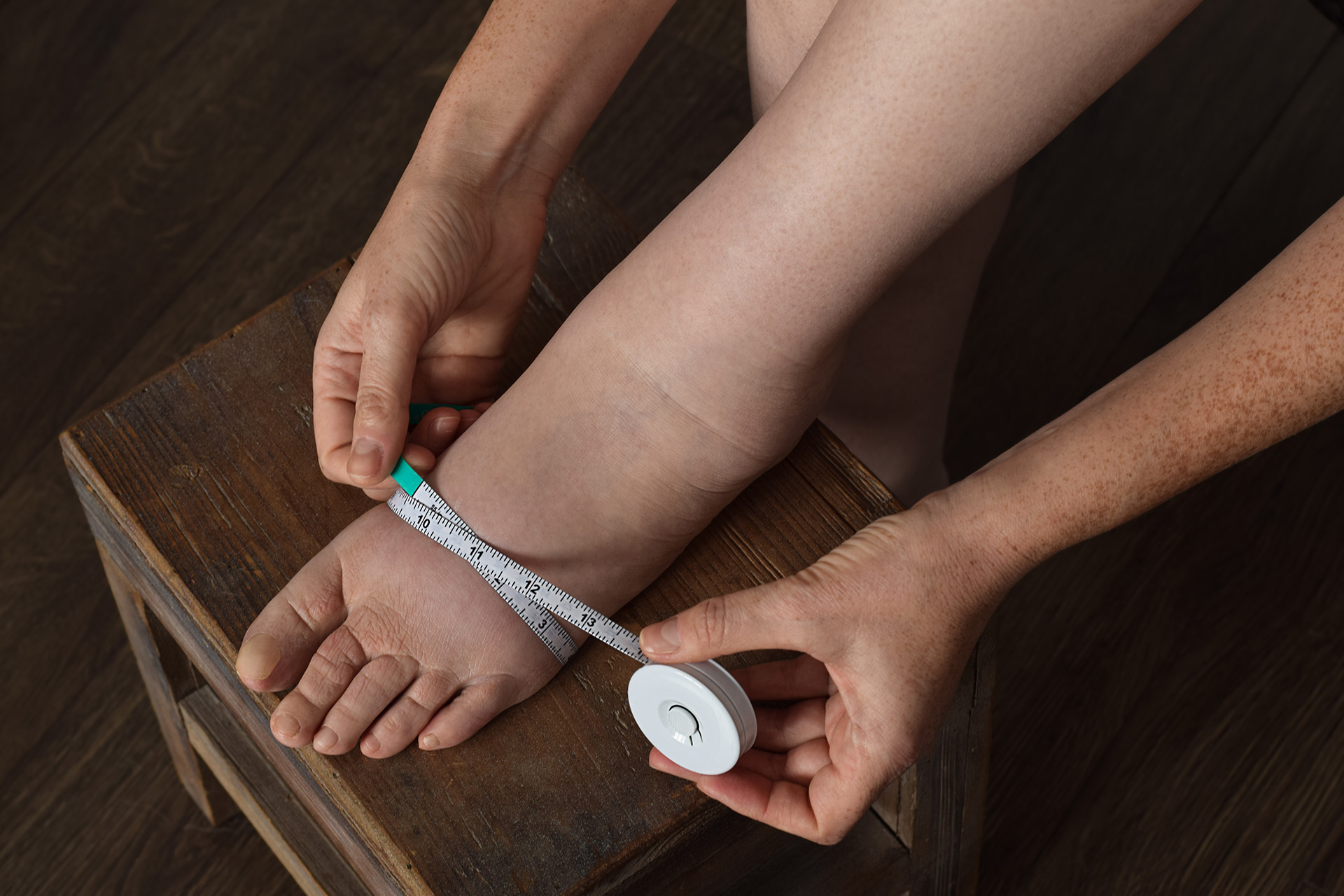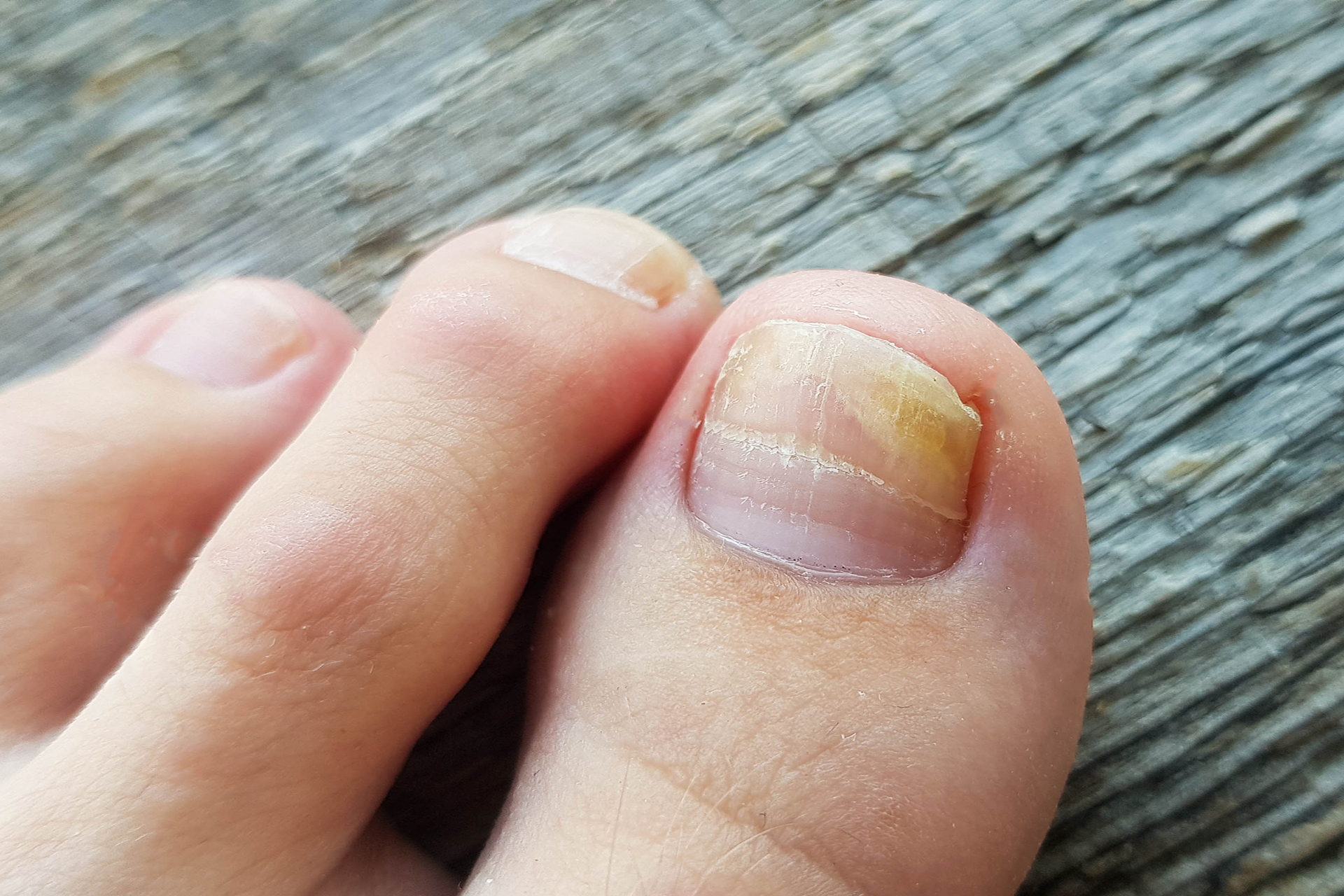For some, an achilles tendon ache is a fleeting soreness that occurs after a long run or a hard training session. For others, it becomes a constant reminder that something is wrong, developing into sharp or burning pain that prevents them from walking, running, or even climbing stairs.
What Is the Achilles Tendon?
The Achilles tendon is a strong band of tissue that helps foot and ankle movement. This thick cord at the back of your ankle connects the calf muscles to your heel bone. The structure of the tendon allows for powerful movements that propel the body, but it also makes it prone to injury.
Taking care of your Achilles tendon is crucial for maintaining lower limb function and preventing injuries, so it is important to seek treatment if you are experiencing an ache in your Achilles tendon.
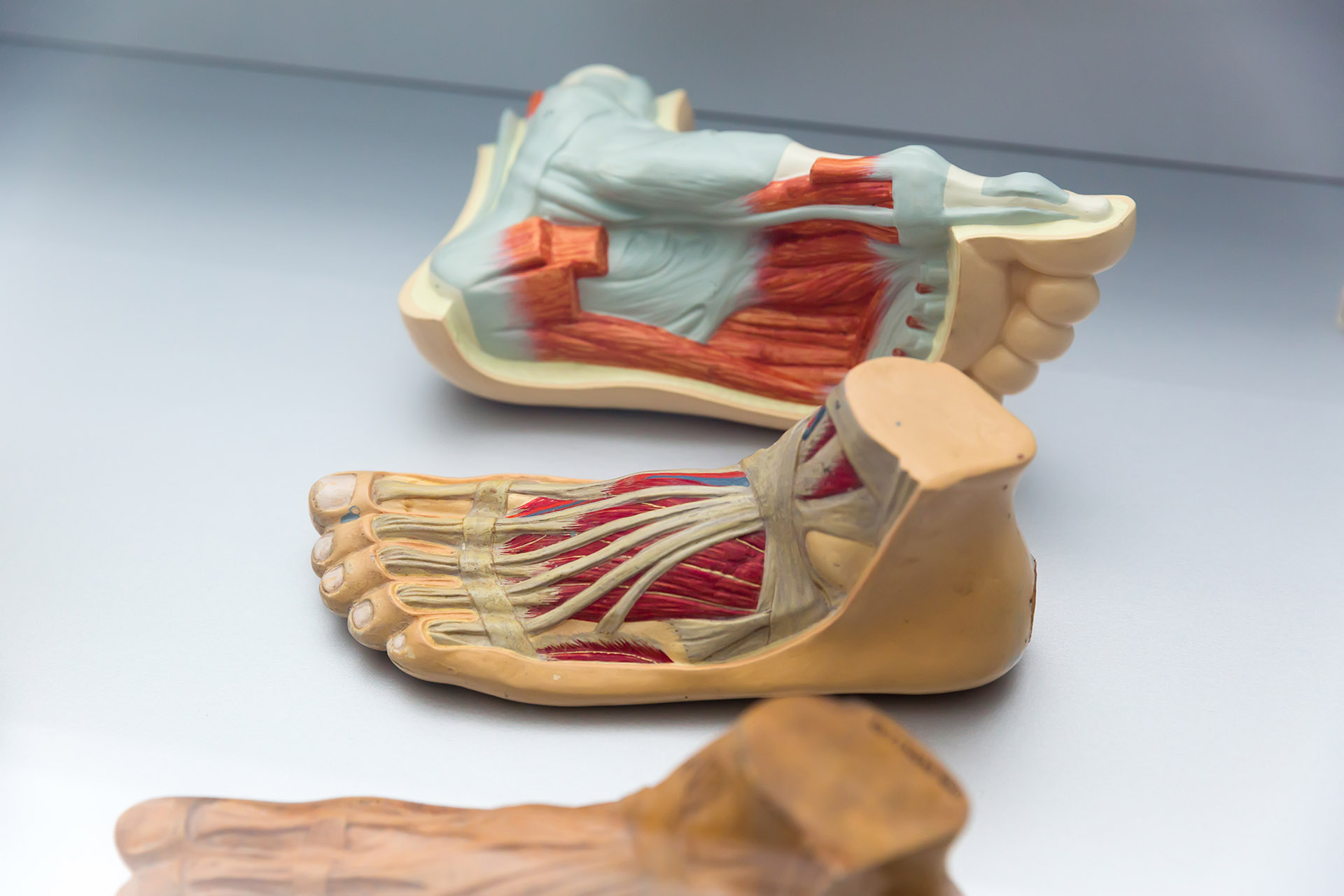
Causes and Risk Factors
An Achilles tendon ache rarely has a single cause. Instead, it often arises from a combination of mechanical, lifestyle and health factors.
Overuse is the most common culprit. A sudden increase in training mileage, high-intensity sprints or repetitive jumping all put a lot of stress on the tendon. Biomechanics also plays a significant role. People with flat feet or high arches are more prone to excessive strain, as are those with tight calf muscles or poor gait mechanics. These issues alter the distribution of force through the tendon and leg, resulting in microtears and cumulative damage.
External factors can also play an important role. Unsupportive or worn-out shoes, as well as training on hard concrete or uneven terrain, can amplify tendon stress. With age, the tendon loses elasticity, making it more prone to injury. Medical conditions such as diabetes and rheumatoid arthritis can further reduce tendon resilience. You may also face an increased risk of complications if you have poor circulation or are taking certain medications. Finally, a history of tendon injury increases the risk of recurring pain and chronic degeneration. That’s why it’s important to seek help if you’ve hurt your Achilles tendon before, to prevent a vicious cycle of re-injury.

Signs and Symptoms of Achilles Tendon Ache
The early signs are often subtle: a dull ache along the back of the heel or ankle that’s worse during or after physical activity.
Many patients describe stiffness upon waking in the morning, which eases as they begin to move. This morning symptom is prevalent in long-standing cases. As the problem progresses, the ache may become sharper, sometimes accompanied by swelling, warmth or tenderness when pressure is applied along the tendon. Clinically, it’s important to distinguish between mid-portion tendon ache, located a few centimetres above the heel and insertional tendon ache, where the tendon anchors into the heel bone. Each has slightly different triggers and nuances for intervention.
If you experience a sudden, sharp pain, similar to a ‘snap’ or ‘pop’, often accompanied by difficulty pushing off the foot, this may indicate a rupture and requires urgent medical attention.
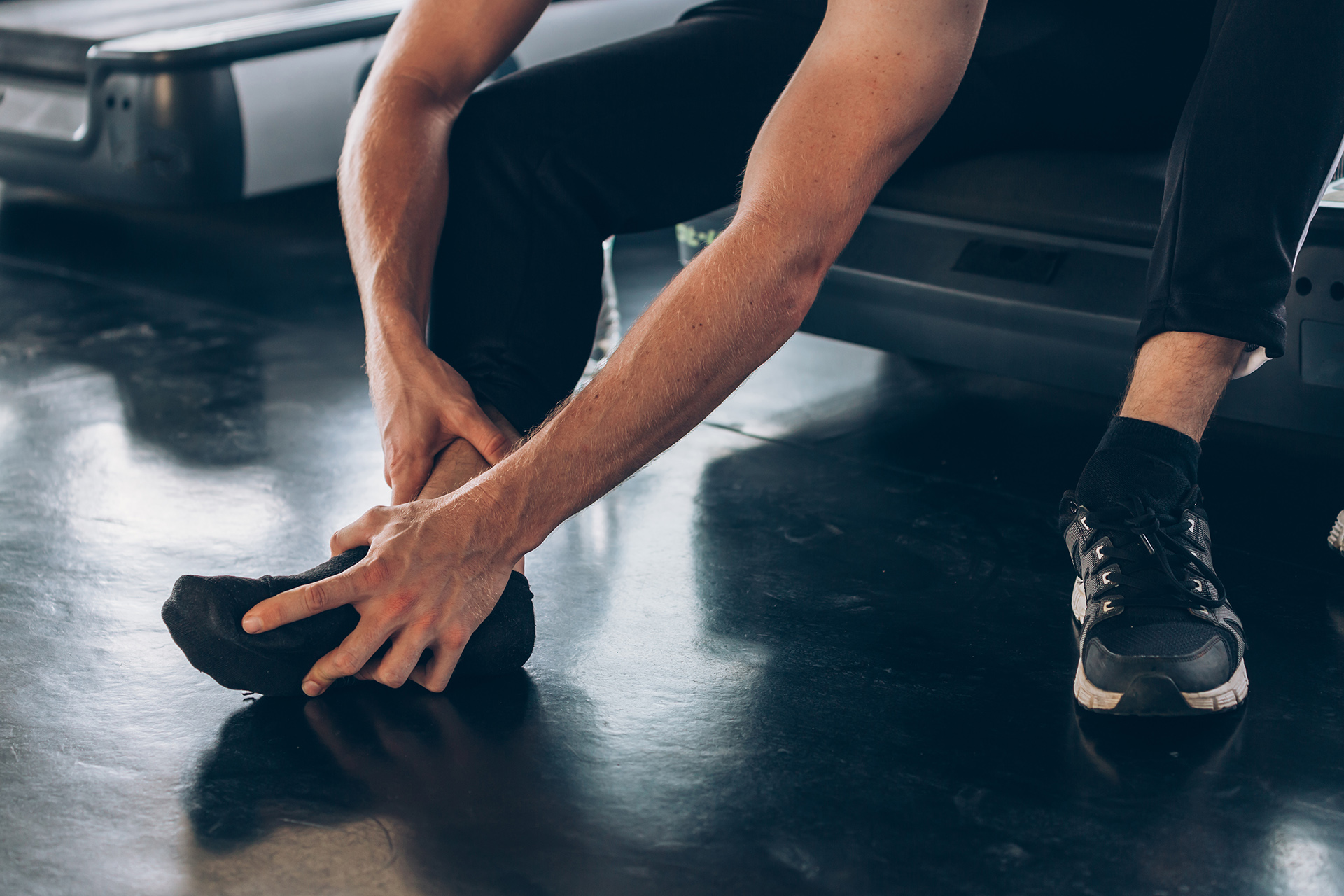
Diagnosis and Assessment
A podiatrist begins diagnosis with a clinical examination, gently palpating the tendon to pinpoint tenderness, swelling or thickening. Flexibility tests assess calf muscle tightness, while functional movement analysis helps identify gait abnormalities contributing to the problem.
Gait analysis, often performed on pressure-sensor treadmills such as the RehaWalk® system, can help understand your lower limb movement. This advanced technology provides a detailed map of weight distribution and movement patterns, allowing clinicians to identify other issues that may have contributed to your tendon injury. This includes overpronation, which is often linked to flat feet and may contribute to tendon strain.
In more complex or persistent cases, imaging techniques such as an ultrasound or MRI provide clarity on the degree of tendon degeneration or rule out partial tears. Early assessment is key. Left unaddressed, what begins as a mild ache may evolve into chronic degeneration or rupture, which carries a far longer recovery time.
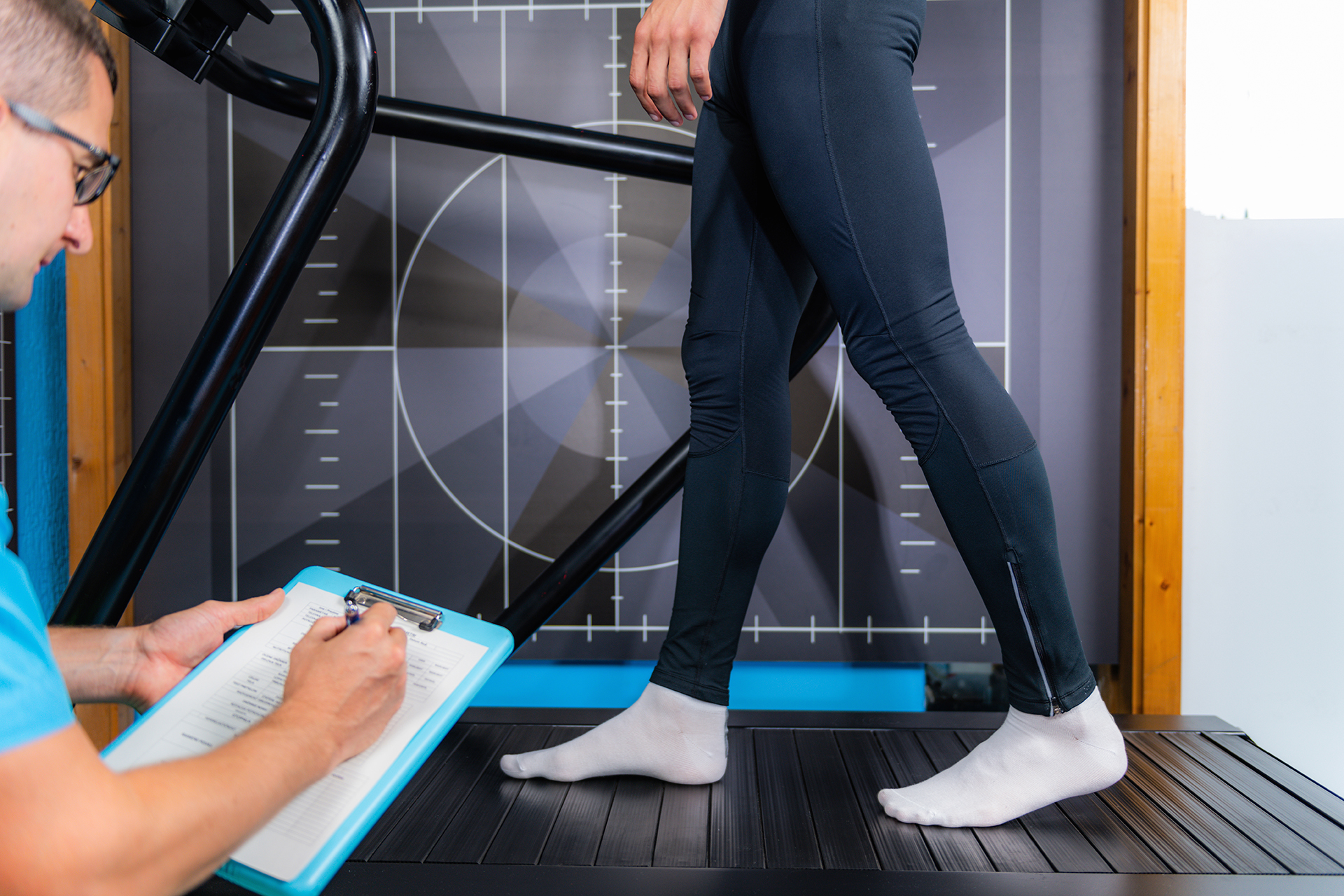
Treatment Options for Achilles Tendon Ache
Conservative Approaches
Most cases respond well to non-surgical treatments. Initial management often includes rest, ice, compression and elevation to calm the irritation. Reducing high-impact activities while maintaining mobility through lower-stress exercises, such as swimming or cycling, allows your ankle to recover and prevents stiffness from setting in.
Physical therapy is central to recovery. Programmes often focus on eccentric calf strengthening where the tendon is loaded under controlled lengthening. Stretching routines targeting both calves and ankles improve flexibility, while mobility exercises help restore normal function.
Footwear assessments are also important. Unsupportive shoes can worsen symptoms, while custom orthoses or insoles provide tailored correction, alleviating excessive strain from flat or high-arched feet.
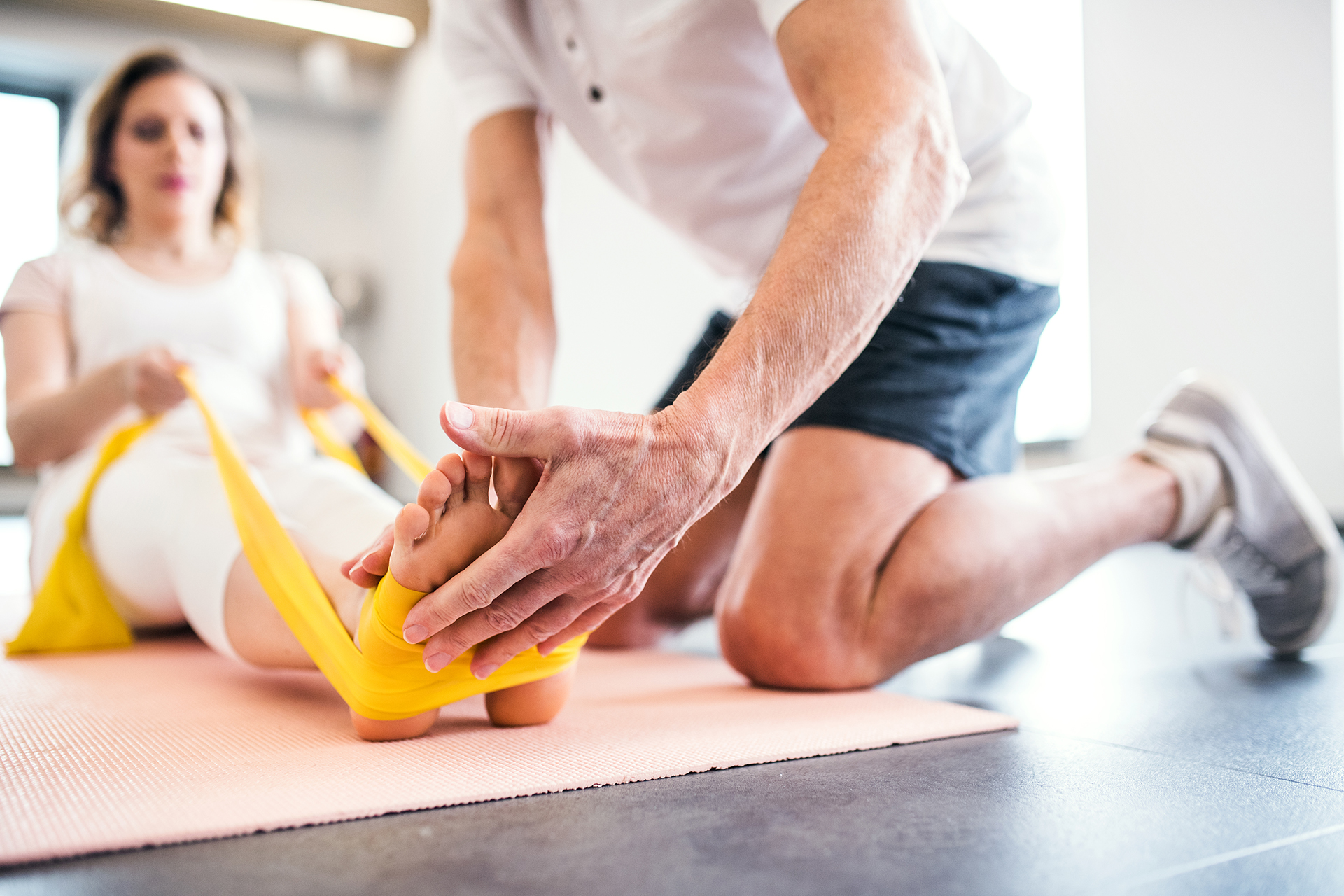
Shockwave Therapy for Achilles Tendon Ache
Shockwave Therapy offers a non-invasive way to address persistent Achilles tendon ache, particularly in cases where rest or stretching alone hasn’t helped. Unlike standard pain relief methods, it delivers targeted acoustic pulses that stimulate blood vessel growth and accelerate tendon cell repair, especially valuable in areas with poor circulation, such as the Achilles tendon. By also breaking down microscopic scar tissue that can restrict healing, Shockwave Therapy helps restore natural elasticity and function. While it is rarely an instant fix, patients often see meaningful improvement within a few sessions, making it a powerful bridge between conservative care and more invasive options.
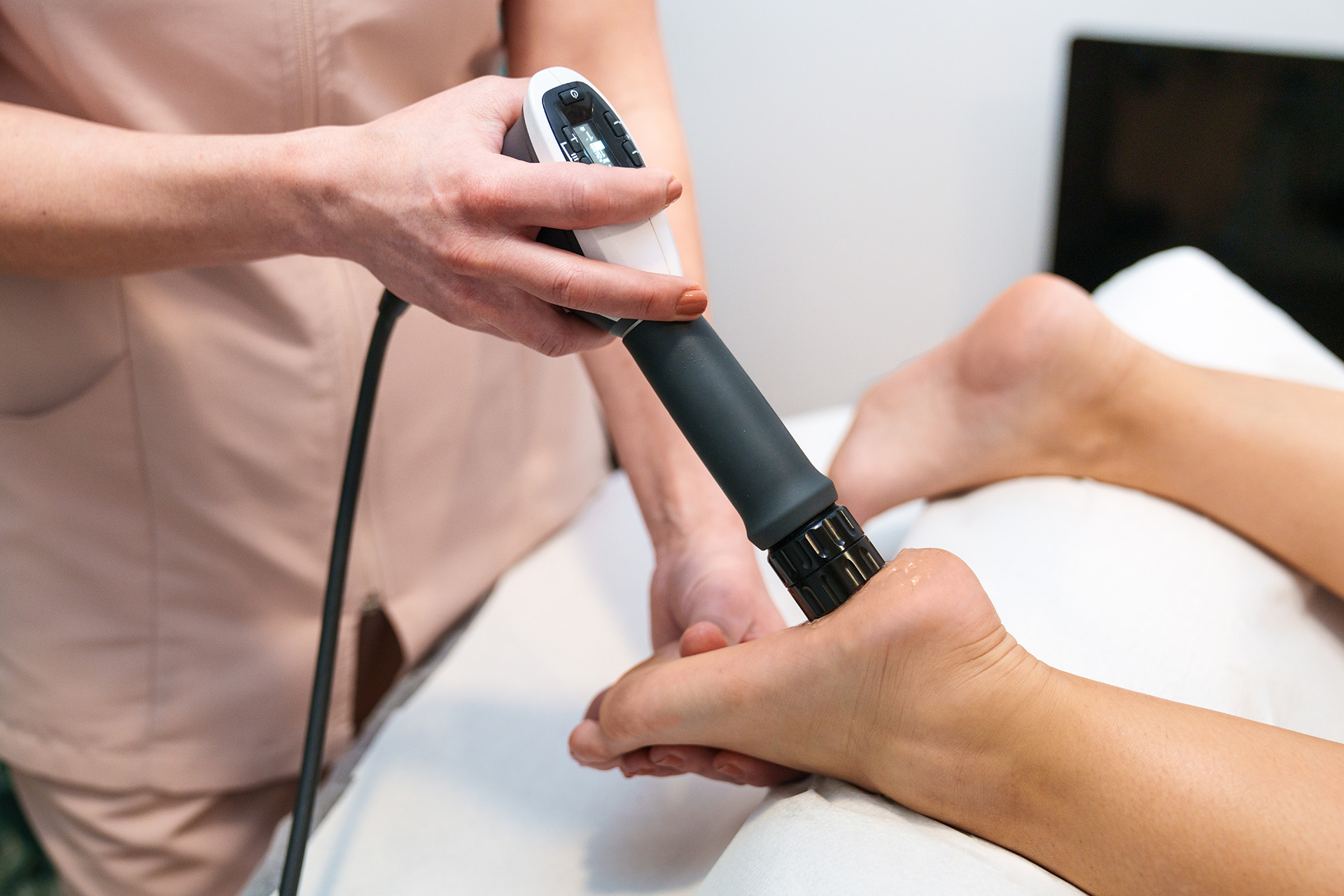
Self-Help Exercises
Exercise is not just part of treatment; it’s essential for the prevention of Achilles tendon ache. Eccentric heel drops performed on a step, progressive calf raises, and balance exercises help strengthen and resiliency of the tendon. These should be done consistently over several weeks or months, and importantly, with professional guidance to avoid overloading the tendon.
A simple way to check Achilles tendon function is to squeeze your calf muscle to check for proper tendon movement, which can also be used as part of certain strengthening exercises.
Patients often find that incorporating these exercises into daily routines, such as stretching calves before getting out of bed or during post-work cooldowns, makes adherence easier. Over time, this builds a stronger foundation for the tendon, reducing the likelihood of future pain.
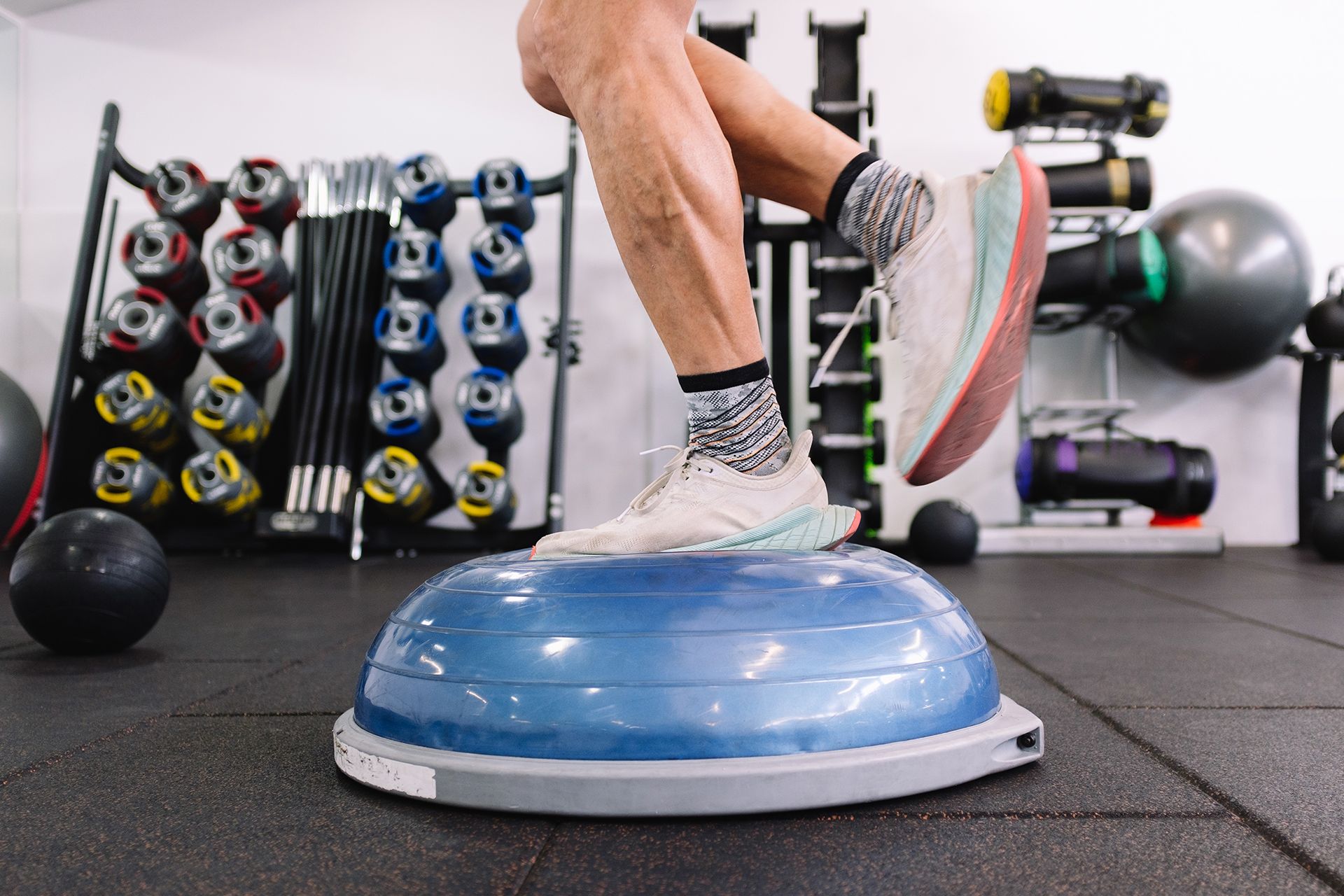
Surgical Options
Surgery is rare but may be considered as a last resort for patients whose Achilles tendon ache persists after six months of comprehensive conservative care. Procedures range from removing degenerated tissue to repairing or reattaching the tendon. While outcomes can be good, surgery requires extended rehabilitation and carries risk, so it’s reserved for the most severe cases.

Preventing Achilles Tendon Ache
Prevention starts with training sensibly. Sudden spikes in running mileage or intensity often trigger injuries, so gradual progression is key. Regular stretching and mobility work, particularly for the calf and ankle, helps maintain tendon flexibility.
Footwear remains important. Supportive shoes, designed to accommodate an individual’s gait pattern and replaced before they wear out, can help reduce strain on the feet. Cross-training in different low-impact sports, such as swimming or cycling, introduces variety, allowing the tendon to rest from repetitive stress while maintaining cardiovascular fitness.
Regular podiatric check-ups, especially for individuals with biomechanical risk factors, can help identify problems before they escalate. These small adjustments can all help prevent Achilles tendon pain.
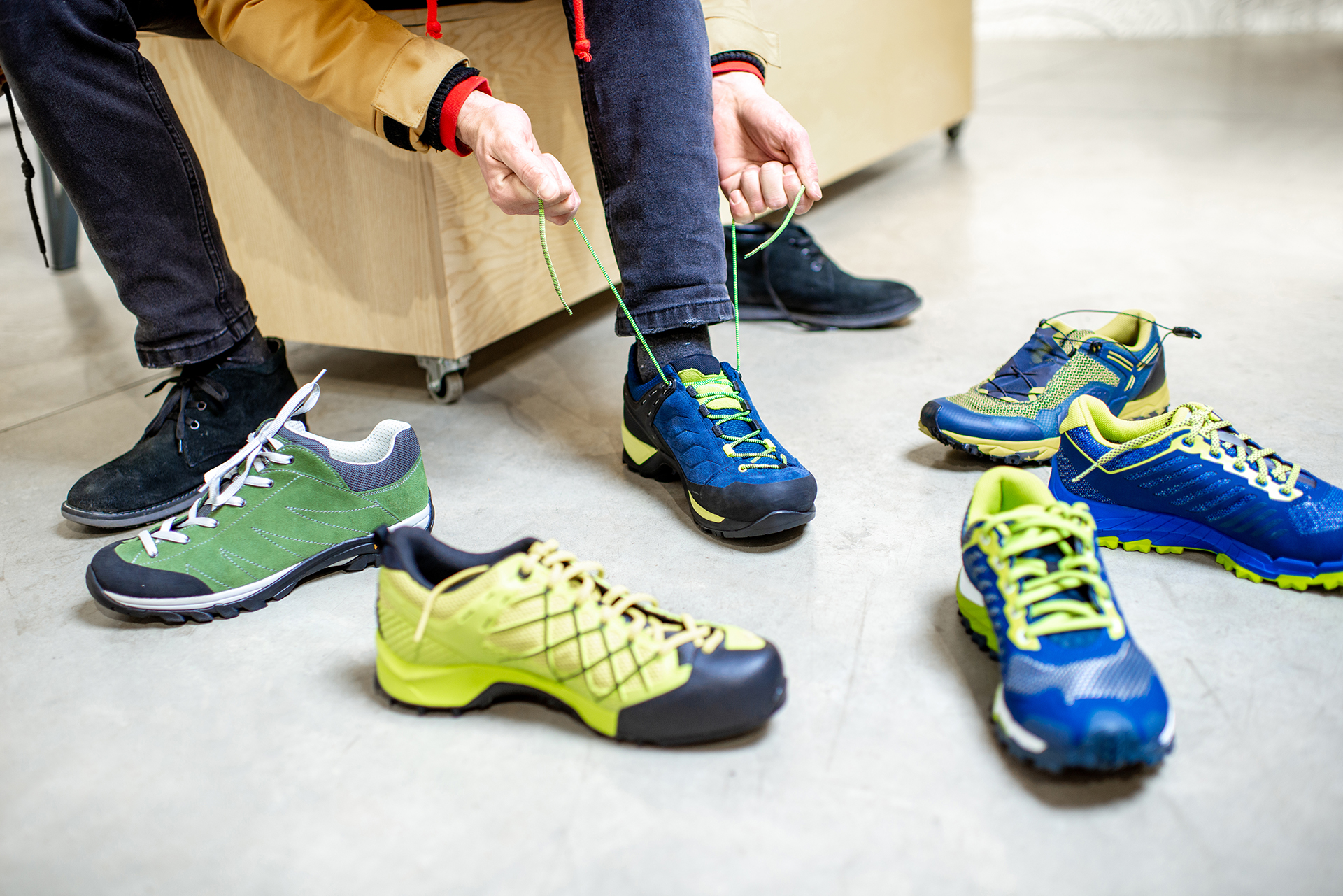
When to See a Podiatrist
An Achilles tendon ache that lasts more than a few weeks despite rest needs to be seen by a professional. If pain worsens with activity, limits walking, or is accompanied by swelling or tendon thickening, take swift action. A sudden sharp pain or inability to push off the foot may be a rupture and requires urgent attention. Children or adolescents with persistent heel pain should also consult a medical professional, as growth-related issues can mimic symptoms of tendinitis.
If you have an Achilles tendon ache, don’t wait for it to get worse. Book an appointment with The Foot Practice today for a full foot and gait assessment.

